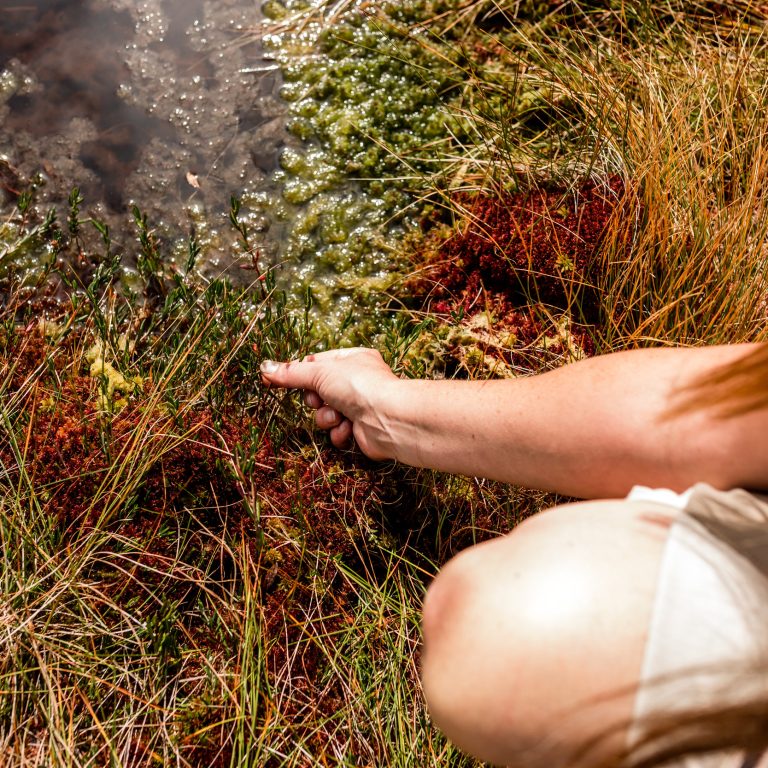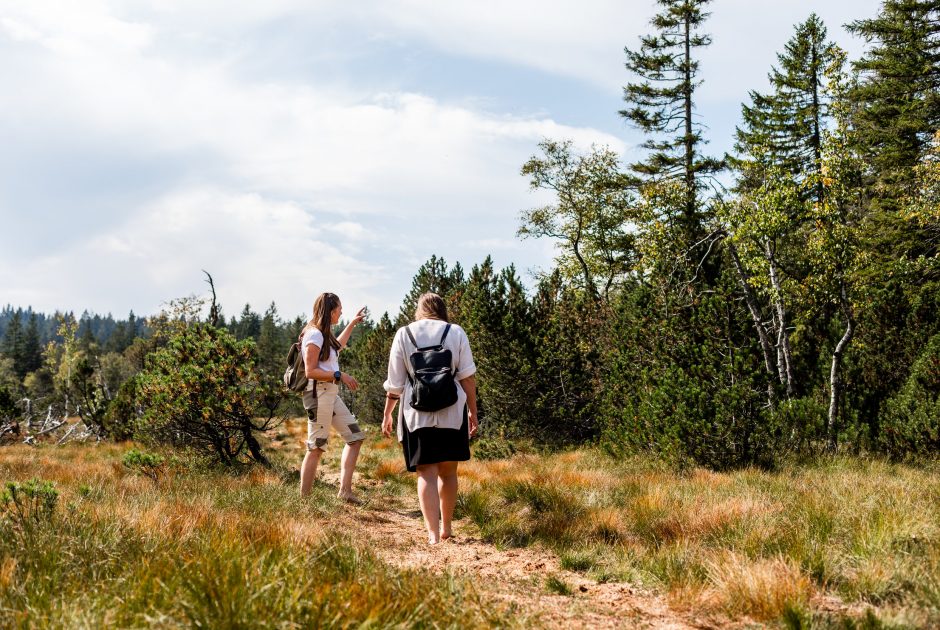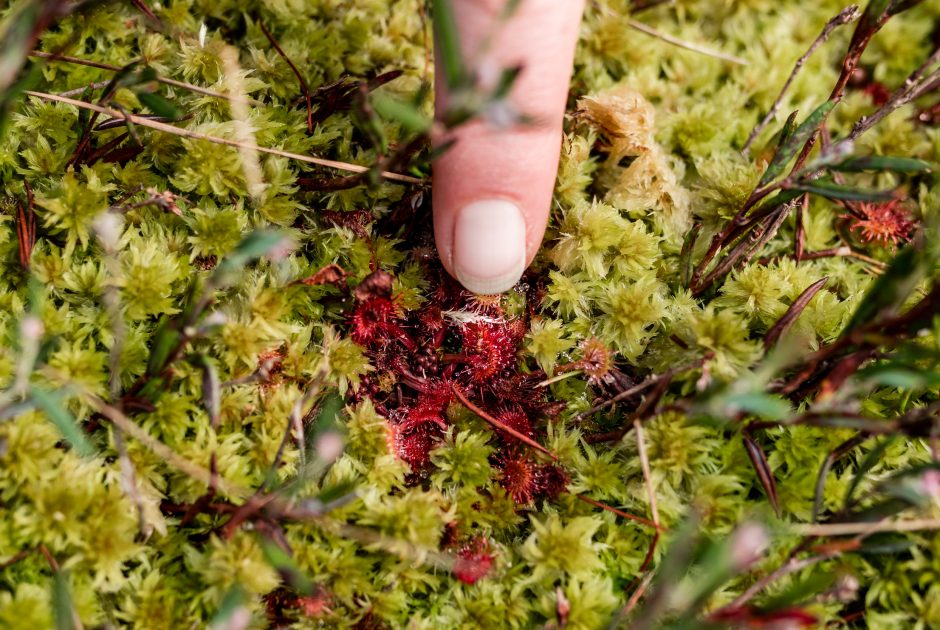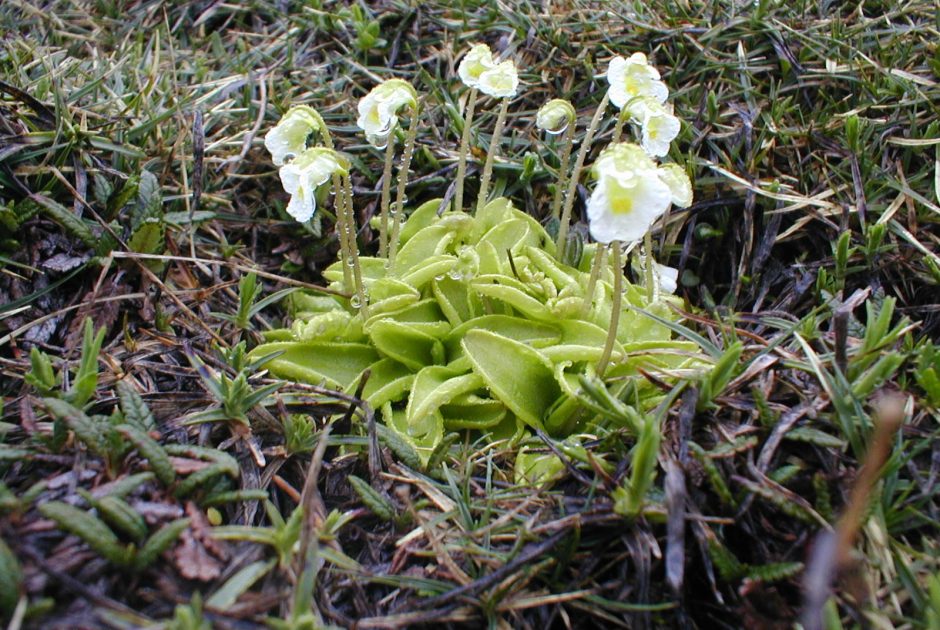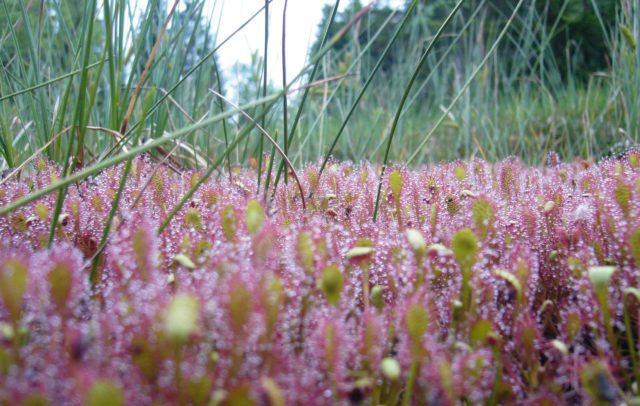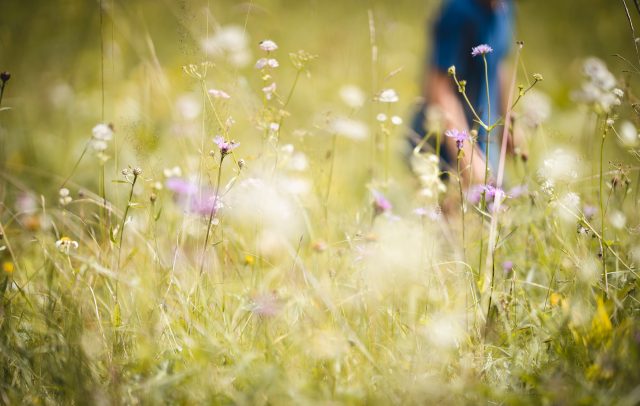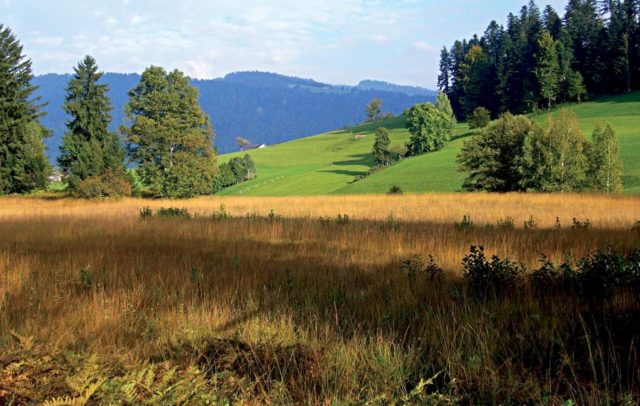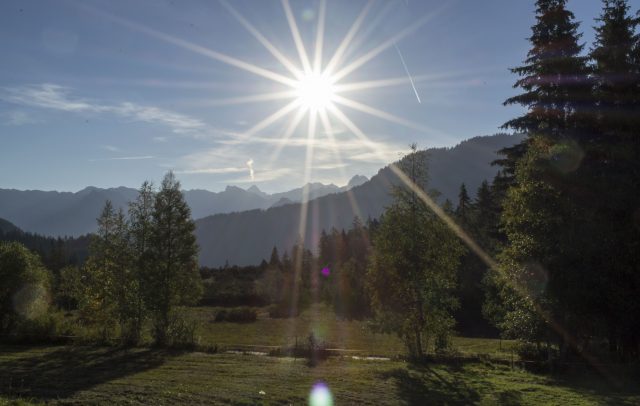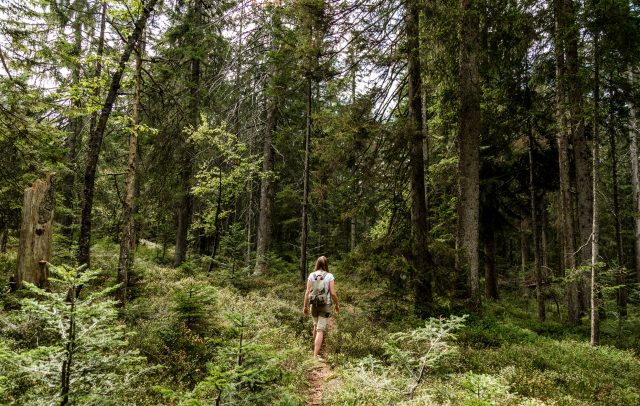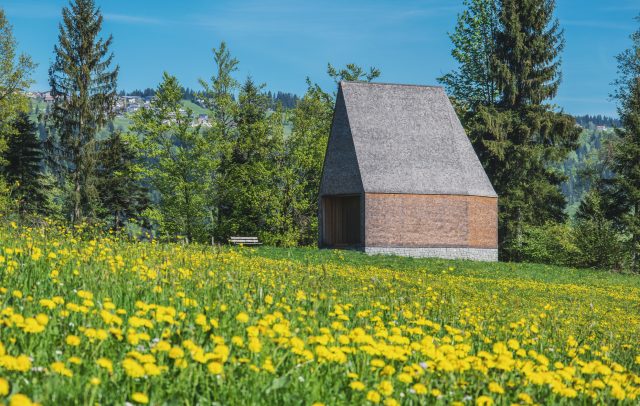Nature tips Vorarlberg
The magic of moors
Neither water, land, lake, nor forest – moors are captivating and enigmatic.
They represent unique and extraordinary habitats.
Moorlands are neither water, land, lake, nor forest; they are captivating and enigmatic ecosystems that offer a unique and special habitat. Moors are often overlooked natural treasures with a unique history and significant ecological importance. They are distinguished by their high humidity and the specialised flora and fauna that have adapted to the extreme conditions.
Moors in Vorarlberg
Thanks to both its precipitation-rich climate and the effects of the last ice age, Vorarlberg holds particular importance for moorland habitats across Austria. In fact, a quarter of all moors in the country are found in Vorarlberg. The Rheintal and Walgau valleys are predominantly home to fens that function as litter meadows. Additionally, Vorarlberg boasts numerous intermediate mires and upland moors. Upland moors are characterised by their low-oxygen, nutrient-poor conditions, which give rise to unique plant species such as peat moss, cotton grass and sundew. Conversely, fens are richer in nutrients and support a more diverse range of flora. Moors are not only striking landscapes but also vital ecosystems. They offer habitats for rare and specialised species, store substantial amounts of carbon, and serve as natural water reservoirs. Despite their significance, moors are delicate ecosystems that face threats from human activities like drainage and peat extraction. Thus, the protection and restoration of these areas are of paramount importance.
How does a moor come to be?
It exists where sphagnum moss grows in plenty,
in a depression where the water gathers,
and no one spoils it.
Learn more about the unique characteristics of these habitats, discover rare plant and animal species and understand the significance of protecting moorlands. Allow yourself to be captivated by the beauty and distinctiveness of moors, and join us on a journey through one of Vorarlberg’s most enigmatic natural landscapes.
All moors in Vorarlberg are protected, so please be mindful of the following guidelines:
• Path restrictions: In moor areas, please stick to designated walking or hiking paths to prevent damage to the moorland soil and vegetation.
• Dogs on a leash: moors often provide habitat for rare ground-nesting bird species. Unleashed dogs can significantly disturb these birds and may lead to the loss of their young.
• No mountain or gravel biking: Riding bikes on moorland paths is prohibited, except on official cycling routes, as bike tires can damage the sensitive soil layers of the moors.
• Do not collect, pick or uproot plants. Moors are home to some incredibly rare plant species. Instead of picking them, it’s far more rewarding to appreciate their beauty in their natural habitat, where they thrive, rather than watching them quickly wither at home.

